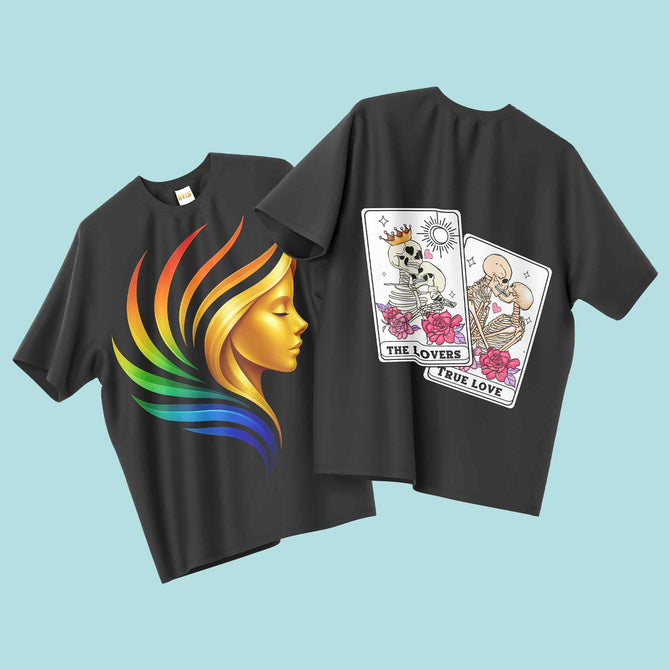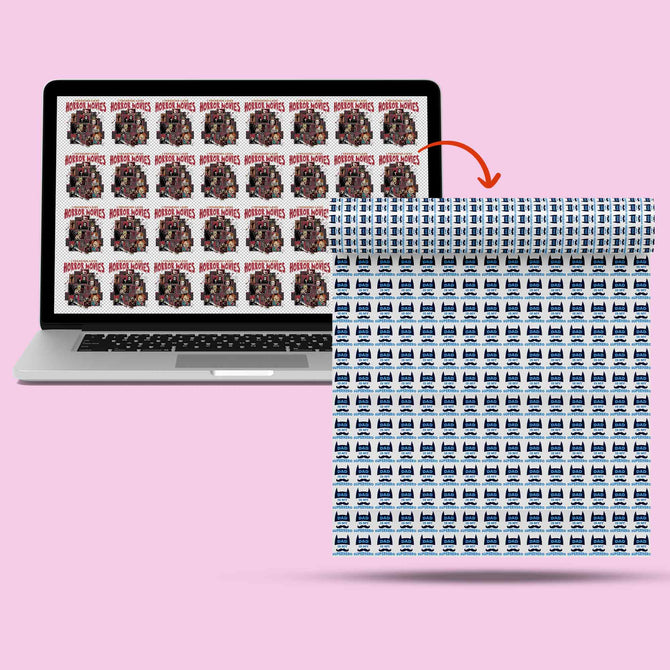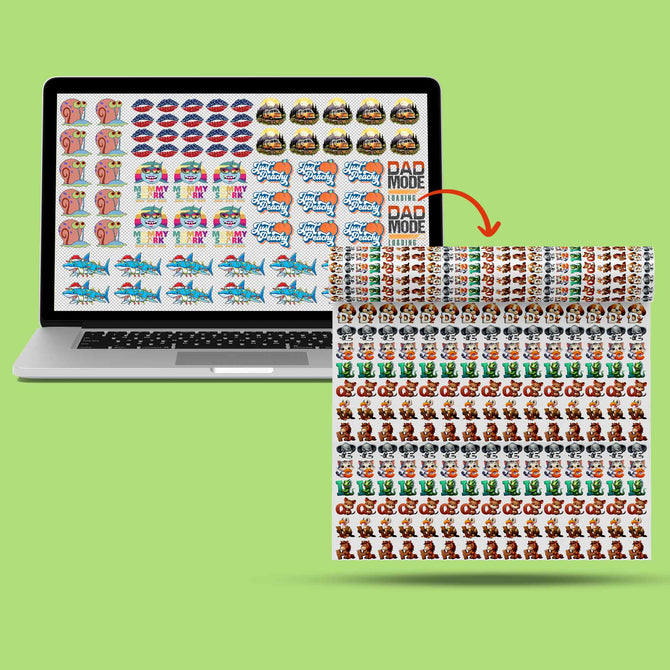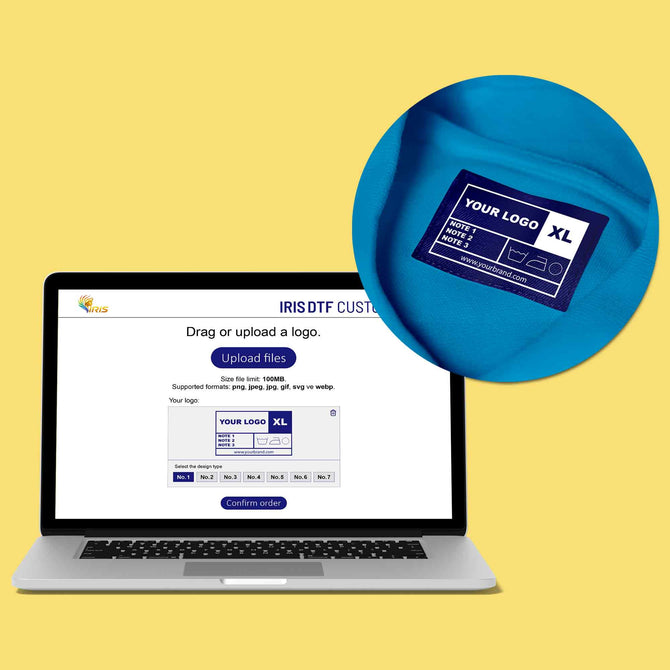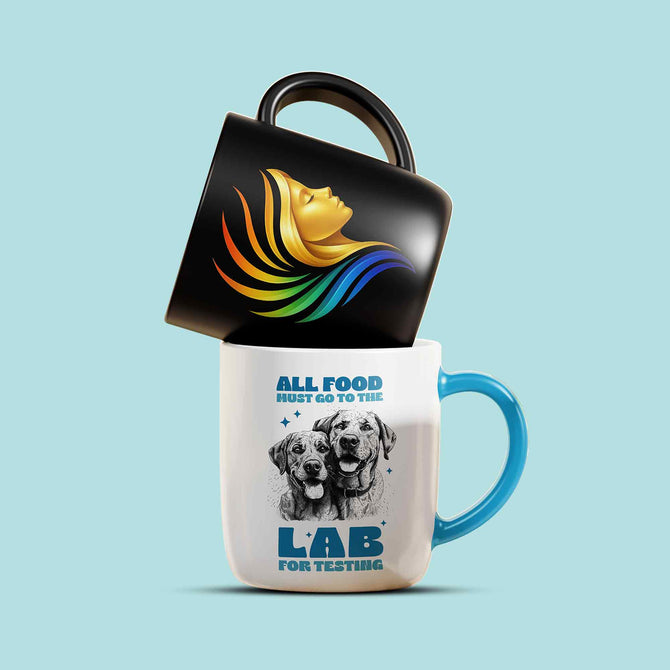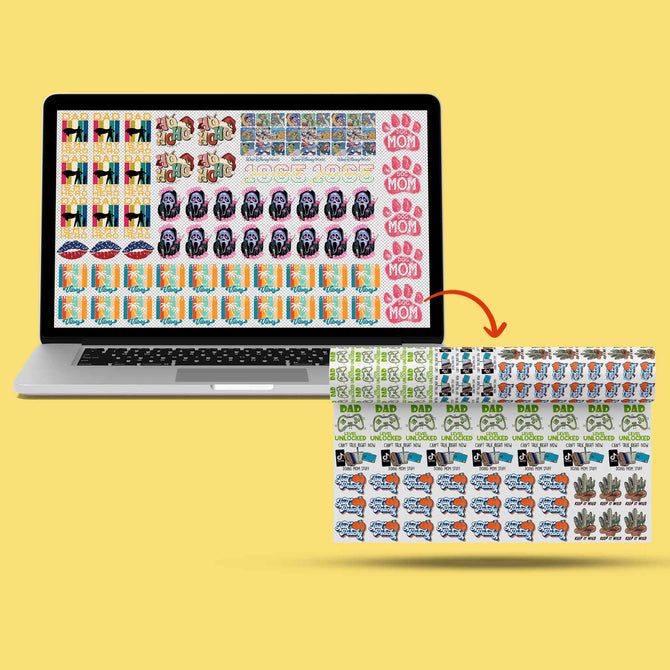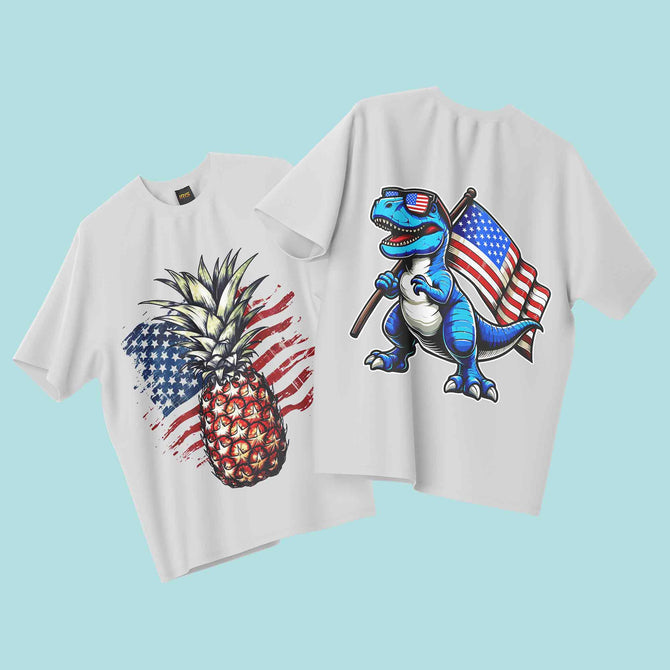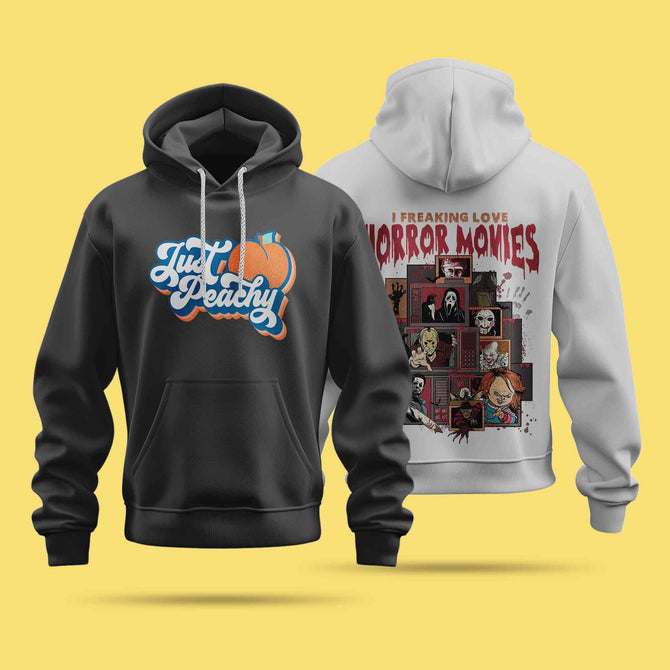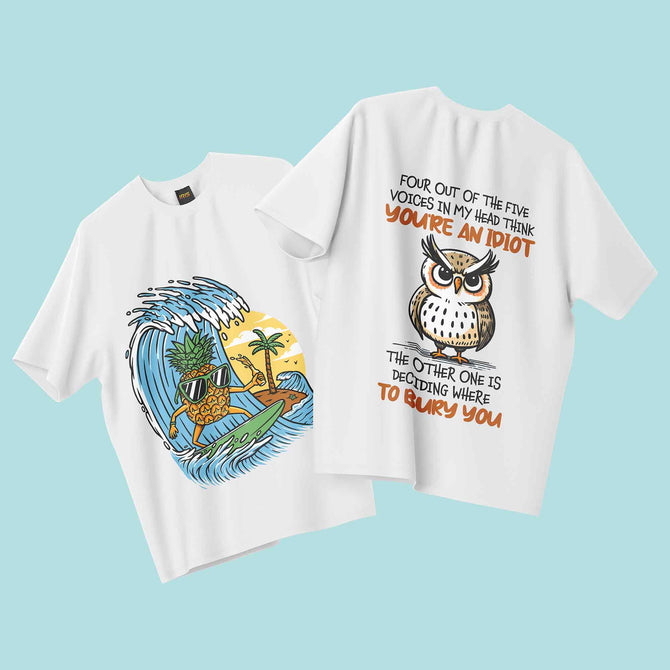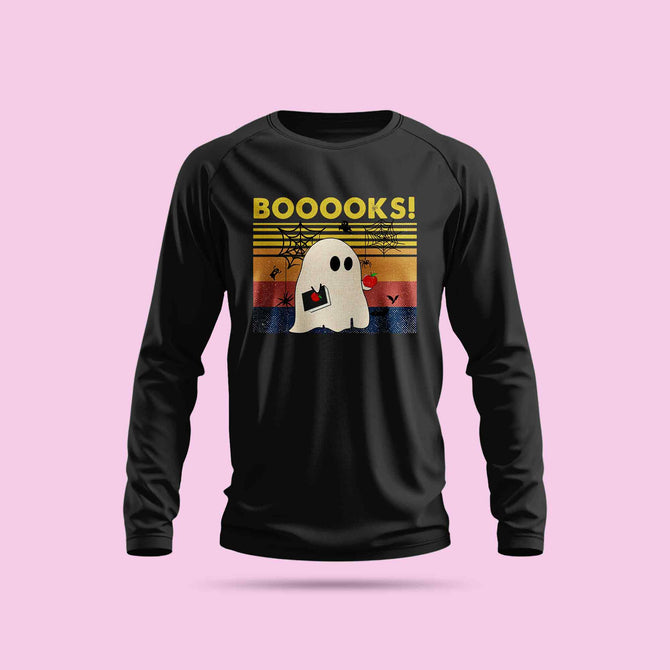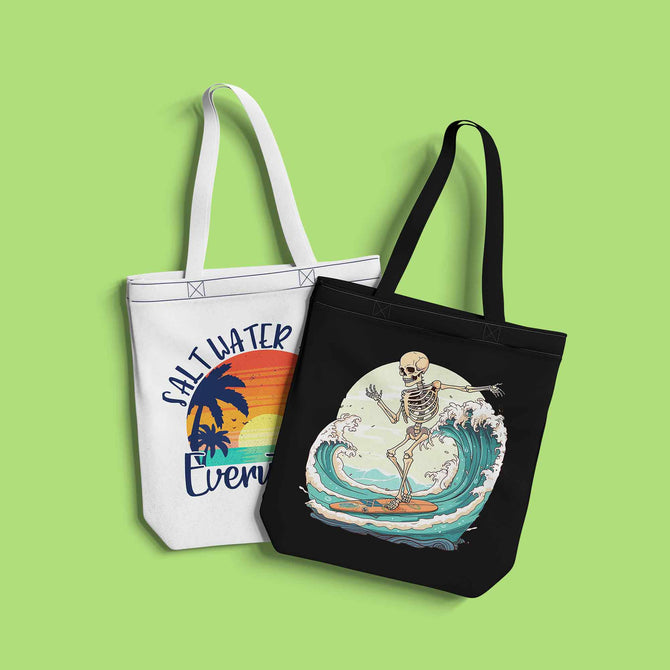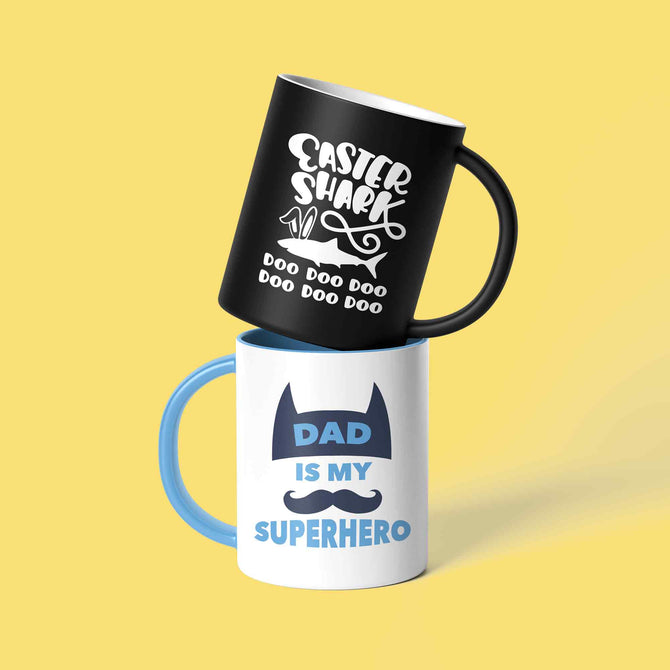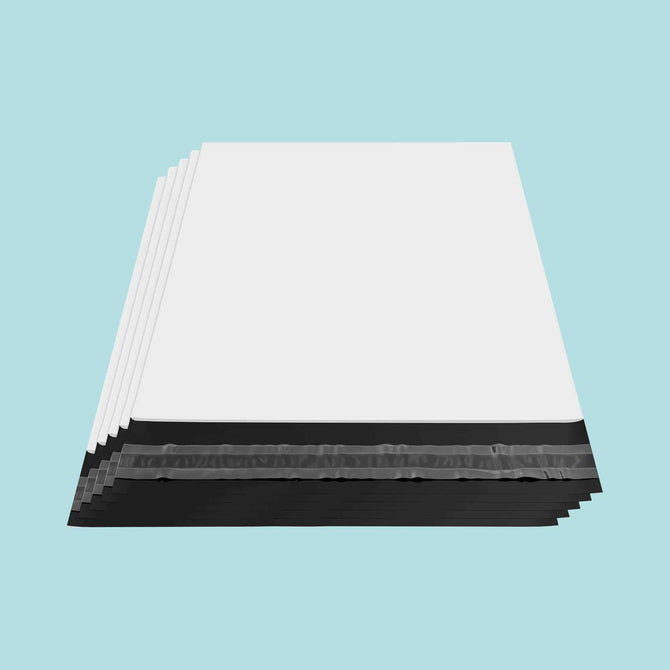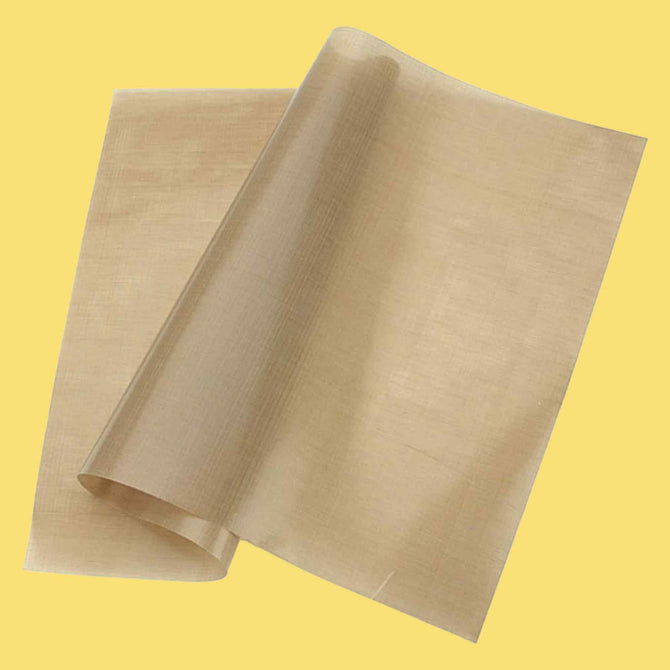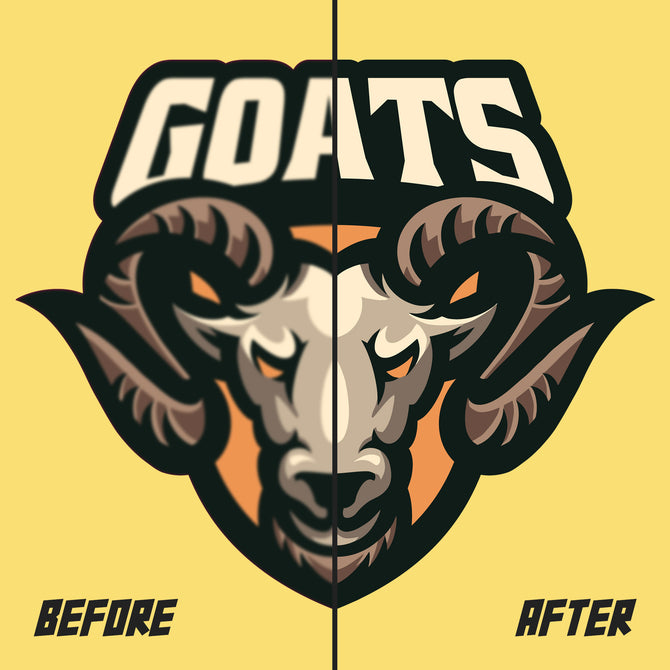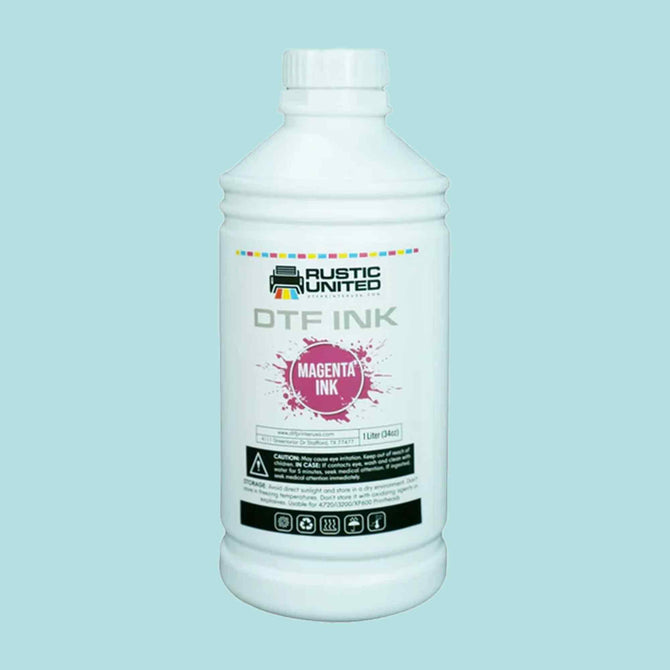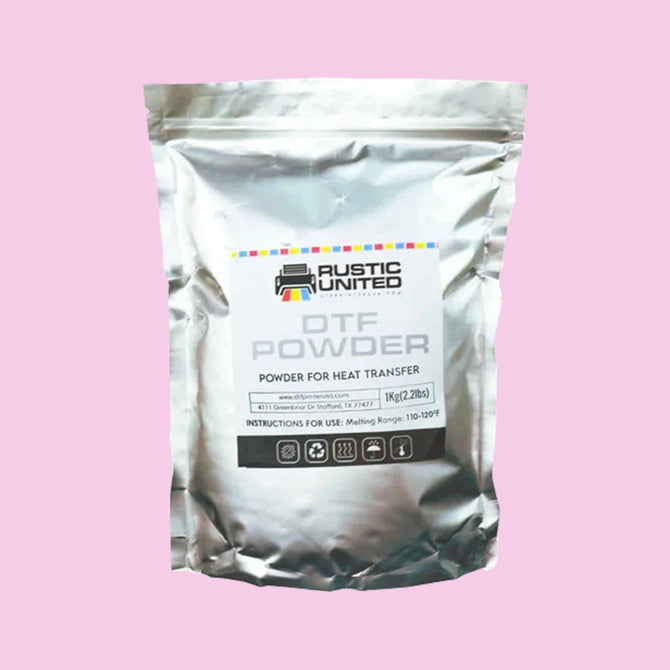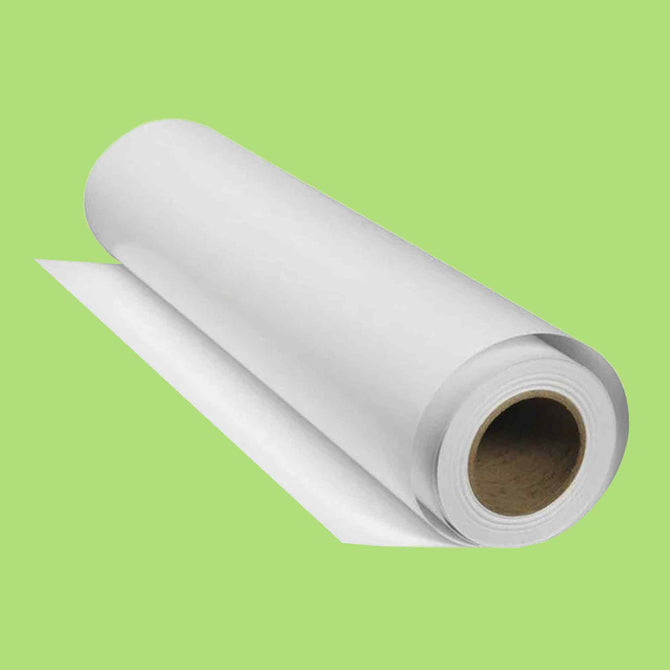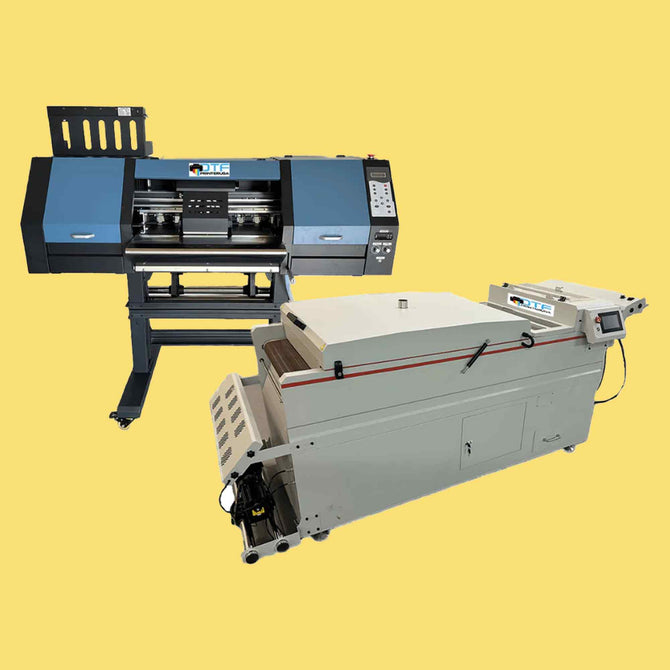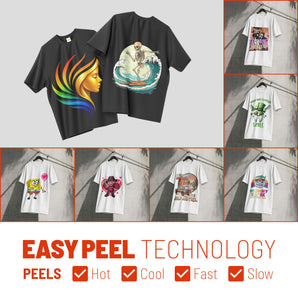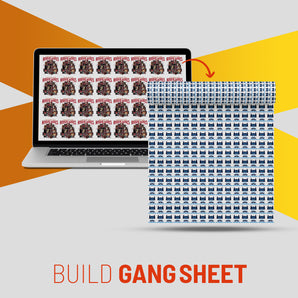Market Research for DTF Printing: How to Find a Profitable Niche & Stand Out in 2025

What Is This Article About?
Learn data-driven market research steps to pinpoint a profitable DTF printing niche, outsmart competitors, and craft a compelling USP for your custom apparel brand.
Launching a Direct-to-Film (DTF) printing business without market research is like sailing without a compass. Market research helps you identify who your customers are and what they need, so you can tailor your business to a profitable niche. In the booming custom apparel industry (projected to reach $9 billion by 2033 ), competition is fierce. The good news is that focusing on a niche market – a specific, targeted segment of customers – can reduce competition and increase profit margins. By serving narrow needs often ignored by large companies, small DTF businesses can stand out and build loyal customer bases. In this lesson, we'll explore how to conduct market research specific to DTF printing, covering both B2B and B2C opportunities, and guide you through finding an underserved or emerging niche for your custom merchandise venture. You'll also learn to define a Unique Selling Proposition (USP) that differentiates your new DTF brand.
B2B vs. B2C Opportunities in DTF Printing
B2B (Business-to-Business) opportunities involve providing DTF printing services to other businesses or organizations. This could mean printing corporate apparel, uniforms, or promotional merchandise for companies, schools, non-profits, sports teams, etc. For example, a DTF business might supply a local company with branded t-shirts and tote bags for an event, or produce small-run uniforms for a youth sports league. B2B clients often require consistency, quality, and the ability to meet bulk orders or recurring needs. They value reliability and branding alignment. By offering personalized DTF printing for corporate apparel and promo items, you can meet specific branding needs and form lasting business relationships. Keep in mind that B2B jobs may involve larger order volumes and repeat business if clients are satisfied, so focusing on excellent service and account management is key.
B2C (Business-to-Consumer) opportunities involve selling directly to individual customers. This includes online stores and marketplaces (Etsy, Shopify, etc.) or local retail sales where you offer custom-designed or personalized products to the public. B2C in DTF printing often means targeting a niche consumer group – for instance, fans of a particular hobby, pet owners, or event attendees – and offering products those people love. Your DTF business might create one-off custom t-shirts, bags, or decals with designs that resonate with a specific community (e.g. cosplay fans or dog lovers). In the B2C realm, understanding consumer trends and preferences is crucial because you’re competing for attention on platforms where many other creators sell. The advantage of B2C is you can tap into passionate niche communities; the challenge is you must market effectively to reach them. Many successful DTF entrepreneurs actually straddle both B2B and B2C – for example, running an Etsy shop for consumers while also fulfilling bulk orders for local businesses. As you research, consider whether your niche has primarily B2B customers, B2C customers, or a mix of both, and tailor your approach accordingly.
Tools and Platforms for Market Research
You don’t need a huge budget to conduct effective market research – several free or low-cost tools can provide valuable insights into market demand, customer behavior, and competition. Below is a summary of key research tools and how each can help you find and validate a DTF niche:
| Research Tool | How It Helps Identify Your Niche |
|---|---|
| Google Trends | Tracks the popularity of search terms over time and by region. Use it to gauge interest in topics like “custom t-shirts”, “DTF transfers”, or niche-specific terms (e.g. “anime cosplay shirts”). A rising trend line signals growing demand. Google Trends also lets you compare terms (e.g. “custom pet shirts” vs “custom sports jerseys”) and see seasonal patterns. This helps you choose a niche with strong or growing interest. |
| Meta Audience Insights (Facebook/Instagram) | Provides audience demographic data for interests and pages. Through Meta’s Business Suite or Ads Manager, you can explore how large certain interest groups are in your target market. For example, you might find that millions of users show interest in “cosplay” or “dog owners” in the U.S., along with age, gender, and location breakdowns. This helps confirm that a potential niche has a sizable audience and reveals characteristics (e.g. age group) to tailor your marketing. |
| Etsy Search & Trends | The Etsy marketplace itself is a great research tool for B2C niches. Use the search bar suggestions and trending sections to see what shoppers are looking for. For instance, if you start typing “custom shirt”, Etsy might auto-suggest “custom shirt pet photo” or “custom shirt logo” – indicating popular searches. You can also browse categories like Custom Clothing or use third-party Etsy trend tools to see what keywords and products are hot. This reveals niches (and sub-niches) that are in demand among DIY and handmade shoppers. |
| Competitor Websites & Social Media | Simply searching online is a powerful way to research. Use Google to find local and online competitors (e.g. “custom t-shirt printing your city ” or niche keywords like “cosplay costume printing”). Check their websites or Etsy shops to see what products they offer, what niches they cater to, and how they market themselves. Also check social media (Instagram, TikTok, Facebook groups) relevant to your niche – for example, a Facebook group for car enthusiasts might reveal a need for custom decals. Competitor and community research shows you what’s already available and where there might be gaps you can fill. |
| Keyword Research Tools | If you want to dig deeper, tools like Google Keyword Planner, Ubersuggest, or AnswerThePublic can show you how many people search for specific phrases. For example, you could discover that “custom team jerseys” gets a high number of monthly searches. These tools also show related queries (e.g. “best custom jersey printer”) which might spark ideas for services or content to offer. While not specific to DTF, keyword data quantifies interest and can guide your SEO and marketing strategy toward terms your niche audience uses. |
By using a combination of the tools above, you’ll gather data on trend strength, audience size, and competitor offerings. Next, let’s walk through a practical step-by-step process to conduct market research and find your niche.
Step-by-Step Market Research for Your DTF Niche
Conducting market research is an iterative process – you’ll generate niche ideas, validate them with data, and refine your direction. Below is a step-by-step approach, with practical actions and tools at each stage:
-
Brainstorm Potential Niches: Start by listing out ideas for niche markets or customer groups that interest you. Consider both personal interests (e.g. hobbies you’re passionate about or communities you belong to) and observed needs in the market. For example, you might note ideas like “pet lovers who want custom pet photo shirts,” “cosplay enthusiasts needing printed costume pieces,” “local cafes needing branded merch,” or “small sports teams needing affordable uniforms.” Don’t filter your ideas yet – the goal is to generate a variety of possibilities, both B2C niches (specific consumer groups) and B2B niches (specific industries or business types). Think about gaps you’ve noticed: perhaps local businesses struggle to get small batch merchandise, or you see a rising trend (like a new popular game or TV series) with few custom apparel options yet.
-
Gauge Demand with Google Trends: Take your top niche ideas and plug related keywords into Google Trends. For each idea, try several search terms to capture it. For example, for the cosplay niche you might check “cosplay costume printing,” “anime t-shirt”, or for pet niche “custom pet gifts,” “dog face shirt,” etc. Look at the trend lines over the past 5 years and note interest by region. Are the lines relatively high and stable, or better yet, rising? A steadily rising line indicates growing interest (for instance, searches for custom t-shirts have been increasing in recent years ). Also watch for seasonality: maybe “custom team jerseys” spikes in late summer (back-to-school sports season) or “family reunion shirts” spikes in spring. Seasonality isn’t a deal-breaker, but you should know if your niche has peak seasons. Google Trends can also compare multiple terms – if you’re torn between two niches, comparing their search interest can show which one people search for more. If a niche term has very low or flat search interest, that could mean low demand (or it might mean it’s so new that people don’t search it yet, in which case you’ll need other ways to validate demand). Use Trends’ regional data too: if you plan a local business, see what interest looks like in your state or city. Record your findings for each idea.
-
Use Meta’s Audience Insights: Next, validate that your target audience exists in substantial numbers. Using Meta (Facebook/Instagram) Audience Insights or the Ad Manager’s audience tool, search for interests related to your niche. For example, if one niche idea is pet lovers, check how many Facebook users show interest in pet-related pages or groups in the U.S. (It’s likely a large number, given the pet care market was valued at $150+ billion, but you might narrow to “dog owners, age 25-45, in Texas” to match your scope.) If your niche is cosplay enthusiasts, look for the size of the “Cosplay” interest or related Comic-Con/fandom interests on Facebook. Audience Insights can also reveal demographic patterns – maybe you find that women 18-34 make up a huge portion of the “handmade crafts” interest group, or men 25-44 dominate “car modding” groups. These clues help you picture your ideal customer. For B2B niches, you might look at the number of local businesses of a type – e.g. how many independent breweries or gyms are in your region (from a simple Google search or business directory) if you plan to target those for B2B sales. The goal in this step is to ensure your niche isn’t too narrow. You need enough potential customers to sustain a business. If Audience Insights or other data show only a tiny population fitting your niche criteria, you may need to broaden the niche a bit.
-
Research Consumer Behavior on Marketplaces: For B2C niches especially, head over to Etsy, Amazon Handmade, or other marketplaces to see what’s selling. Use Etsy’s search as a research tool: start typing keywords related to your niche and note the auto-complete suggestions. These suggestions are based on popular searches, so they hint at what real customers look for. For example, typing “custom dog” on Etsy might suggest “custom dog portrait shirt” or “custom dog memorial gift” – confirming that pet owners are actively seeking those items. Click through some relevant listings and observe: How many reviews do top products have (an indicator of sales volume)? What styles or messaging is common? Also, pay attention to any gaps – do you notice, for instance, that most “cosplay” apparel on Etsy is generic and not truly custom, indicating room for a seller who offers personalization? On Amazon, you can search for custom apparel and see if there are niches not well-covered (but keep in mind Amazon is dominated by larger print-on-demand companies). You can even use Google itself: search “[your niche] custom t-shirt” or “[niche] merchandise” and see what comes up. This might reveal dedicated niche websites or lack thereof. If you find a niche where demand is evident (lots of searches or social buzz) but offerings are sparse or all very similar, it could be a great opportunity for you to bring something new.
-
Evaluate Your Competition: Identifying competitors and analyzing them is a crucial part of market research. For each niche idea, find out who your potential competitors would be. If your niche is small sports team uniforms, your competitors might be local screen printers, online jersey companies, or even big print-on-demand services. Visit their websites or social media pages. Take notes on important factors: What products do they offer? (e.g. only shirts, or a full range of hoodies, hats, etc.) What pricing do they use? What promises or unique selling points do they advertise (fast turnaround, premium materials, bulk discounts)? Also look at customer feedback if available – for instance, Etsy shop reviews or Google reviews for a local shop. Are customers complaining about anything (slow shipping, limited design options, etc.)? Those pain points are opportunities for you to differentiate. On the flip side, note what competitors do well, because your business will need to meet or exceed that bar to win customers. Competitive analysis helps you avoid simply copying what’s already out there. Instead, you’re looking for ways to offer something better or different – which leads into finding your niche. Keep in mind that a “competitor” might not be doing DTF; they could be doing vinyl heat transfer, screen printing, or DTG. Include them all, since from the customer’s view these are alternative solutions to the same customer need. If a particular niche seems to have too many suppliers doing exactly what you planned – for example, if you find dozens of Etsy shops already doing pet photo T-shirts – you might decide that niche is saturated and move on to another or refine it further (maybe focus on a specific type of pet or style of art that’s less common).
-
Identify Underserved or Emerging Niches: After gathering data, it’s decision time. Which niche stands out as high potential? Ideally, you’re looking for a sweet spot where demand is present and growing but competition is not overwhelming. An underserved niche might be one where you discovered lots of people searching or asking for something, but not many businesses offering it (or those that do exist have poor quality or generic designs). An emerging niche could be tied to a trend that’s on the rise – for example, a new sport gaining popularity in your area, or a social media trend (maybe a meme or a new hobby craze) that lends itself to custom merch. Consider the example of youth sports teams: There’s a strong trend toward personalized team uniforms and gear (demand for custom team apparel has risen significantly in recent years ). Yet, local little leagues or school clubs often can’t meet the high minimum order requirements of big uniform suppliers. That gap is an underserved niche you could fill with DTF by offering low-minimum, quick-turnaround team shirts. Another example: cosplay and fan conventions have grown massively, and cosplayers want authentic-looking costumes and accessories. DTF printing can produce detailed, vibrant designs on fabric that help costumes pop – if few providers are marketing specifically to cosplayers (and perhaps attending conventions to offer on-demand prints), this could be your niche. List out your top 1-3 niche options after this analysis, and clearly state why each is promising (e.g. “High search volume, only 2 serious competitors, and growing community interest on Reddit” for instance). At this stage, you should have a data-backed idea of where your DTF business can compete best.
Throughout this research process, document your findings. By the end, you’ll have evidence like Google Trends graphs, notes on competitor pricing, and lists of popular search terms that all inform your business plan. Market research isn’t a one-time task; even after you choose a niche, staying tuned to industry trends and consumer preferences will help you adapt and stay ahead.
Real-World Niche Examples in DTF Printing
To solidify these ideas, let’s look at a few case studies and examples of DTF businesses or products that successfully carved out a niche. These illustrate how diverse and creative you can get with finding your niche:
Cosplay & Fandom Enthusiasts
Cosplay (costume play) communities thrive on creativity and personal expression, which makes them a great niche for custom printing. A DTF business targeting cosplayers might print high-detail costume elements, fan art apparel, or accessories for convention-goers. For example, a small print shop could offer DTF-printed fabric patches, decals, or even full graphic suits for popular characters. DTF technology is excellent for this niche because it can produce the vibrant colors and intricate details needed to bring fantasy designs to life on fabric. One might even operate a mobile booth at comic conventions, printing custom t-shirts or tote bags on the spot featuring niche memes or fan references. Since large merchandisers tend to focus only on big franchises, an independent DTF brand can cater to less-served fandoms (think of a cult video game or an indie comic with a devoted fanbase but little merchandise). The key in the cosplay niche is community engagement – being present in online cosplay forums or events to become the go-to printer for that audience. Success in this niche comes from speaking the fans’ language, offering authenticity, and allowing personalization (e.g. a cosplayer’s own twist on a design). By solving cosplayers’ needs for custom, durable costume pieces and unique fan apparel, you differentiate yourself from generic t-shirt sellers.
Corporate Merchandise & Promotional Products
While it might sound broad, “corporate merch” can be a niche if you tailor your DTF services to the specific needs of small and mid-sized businesses for their branding. For instance, a DTF startup could focus exclusively on startup companies and local businesses that need short runs of high-quality branded apparel and swag. The niche angle here might be offering fast turnaround and concierge service for corporate clients. Large promotional product companies often have high minimum orders or impersonal service, which leaves an opportunity for a nimble DTF business to say, “We’ll print your 20 event shirts by next week, and even help you refine the design.” Successful examples include print shops that become the trusted merchandise partner for local breweries, tech startups, or real estate firms – handling not just shirts, but also DTF-printed tote bags, jackets, or even specialty items (since DTF can print on various fabrics and even transfer onto wood or other surfaces in some cases ). One case study described a marketing agency using DTF to create very personalized promo items (like custom tote bags, keychains, phone cases) for their clients, which helped those brands stand out and improved customer engagement. The lesson: if you target B2B clients, understand their brand and deadlines. Your USP could be making small businesses look big with professional-grade custom merch without the usual hassles. By building relationships (and delivering quality on time), you can become known in your region or industry niche as “the custom merch person” for businesses.
Local Sports Teams and Clubs
From youth soccer leagues to adult softball teams, local sports organizations are increasingly looking for custom apparel. This niche is partly B2C and B2B: you might work through league organizers (B2B) or directly with team parents (B2C). A great example is focusing on underserved sports or small teams. While big high schools or pro teams have established suppliers, many community teams struggle to find affordable, low-quantity jersey printing. DTF is perfect here because it doesn’t require the huge setup of screen printing, so you can economically print even a single jersey or a dozen uniforms. A DTF niche brand could advertise packages for “Team of 10” that include personalized jerseys with each player’s name and number, plus maybe a DTF-printed banner or coach’s shirt. Because DTF prints are durable and vibrant, they hold up to the athletic use (resisting fading even with lots of washing, which is important for sports gear). You could differentiate by offering no minimum order, or creative add-ons like printing the team’s mascot on hoodies and caps as spirit wear. Real-world success can be found in small print businesses that partner with multiple little leagues or school clubs each season. They might not be famous, but they build steady revenue through repeat orders and word-of-mouth in the sports community. Also consider emerging sports or fitness clubs – e.g. the rise of eSports teams (gamers) who may want team jerseys, or niche fitness communities like CrossFit gyms wanting their own branded apparel. By focusing on a sports niche, you become an expert in what teams need (moisture-wicking shirts, numbering, sponsor logos, etc.), which becomes your USP against generalist printers.
Pet Lovers Market
The pet niche is a fantastic example of a passionate B2C community with plenty of room for creativity. Pet owners often view their pets as family and love to buy products that showcase that love. In the context of DTF printing, this niche can mean printing custom pet-themed apparel or accessories for pet owners, and even items for the pets themselves. We’ve seen DTF brands succeed by offering things like t-shirts or sweaters that feature a customer’s actual pet photo or a cartoon caricature of their pet, as well as pet accessories like bandanas, pet beds, or tote bags with pet-related designs. DTF printing makes it easy to take a customer’s uploaded pet photo and create a high-quality, full-color print on a shirt or canvas. For example, one Etsy shop owner, Troy Parker of GooberPrints, found success by narrowing his custom apparel business toward printing extremely personalized items like pet faces (and people’s faces) on baby onesies and shirts. He observed that while general apparel printing on Etsy was crowded, there were “not as many [sellers]” focusing on those highly personalized pet and human face prints, so it became a profitable niche for him. This underscores the value of finding a sub-niche: custom image printing for pet owners in this case. Another angle in the pet niche is targeting specific types of pet owners – e.g. a DTF store could revolve entirely around dog lovers (with dog breed-specific art, funny dog owner slogans, etc.), or even more granular, like a niche store just for rescue pet parents, agility dog clubs, or cat enthusiasts. The pet products industry is enormous and growing (pet owners spent over $150 billion globally in 2021 ), so there’s both B2C opportunity (gifts for pet owners) and even B2B (partnering with local pet groomers or vet clinics to make their branded merchandise). DTF’s ability to print on various materials is a plus – you can make custom pet bandanas, durable printed tags, or even memorial throw pillows for pet lovers. A successful pet niche brand will tug at heartstrings with unique designs (often custom-drawn from photos) and emphasize quality (since these items are keepsakes). Pet lovers are willing to pay for one-of-a-kind items that celebrate their furry friends, so this niche can be both profitable and rewarding.
The above examples show that “finding your niche” can mean different things – a customer group, a product category, or a specialized service – but all share a common thread: the business deeply understands and serves a specific need that others have overlooked or not served well. By studying these cases, you can gather inspiration for your own venture. Whether you’re drawn to geek culture, corporate clients, community sports, pet owners, or another group, think about how you can become the expert provider for that niche.
Defining Your Unique Selling Proposition (USP)
Once you’ve identified a promising niche, the next step is formulating your Unique Selling Proposition (USP) – the clear reason customers in that niche should choose your business over another. Your USP is essentially what makes you unique and valuable in the market. As one guide put it: What is it about your business that no one else can or does offer?. In the custom apparel world, many businesses might offer similar products, so you need to pinpoint what sets you apart.
How to craft your USP: Start by reviewing your research on competitors and customer needs. Identify the top 1-3 factors where you can truly stand out. Your USP could be related to product, service, audience focus, or any combination:
-
Product-based USPs: This is when something about your product quality or range is unique. For example, maybe you use higher-quality materials or inks that result in longer-lasting prints. Or perhaps you offer product options others don’t – like you can print on leather patches for jackets, or you include a custom design service for free. In DTF printing, quality and durability can differentiate you (DTF prints are known for being soft and long-lasting; you could highlight a specialty like eco-friendly inks or meticulous color accuracy as your USP).
-
Service-based USPs: These are about how you deliver your product. Small businesses can shine here. Do you provide amazingly responsive customer service? Do you have the fastest turnaround in town for custom orders? Maybe you offer no minimum order whereas most competitors require bulk – that’s a huge selling point for niche clients (e.g. a customer who just wants one custom shirt for a gift). Another service USP could be a generous satisfaction guarantee or consulting with the client to refine their design (a personal touch large companies lack). As an example, simply being the local option can be a USP: you’re nearby, customers can talk to you directly, and you understand the local culture or needs (being the “neighborhood custom printer” can beat an anonymous online service).
-
Audience-focused USPs: If you’ve truly embraced a niche, your USP might be that you specialize in serving that exact audience. For instance, you might brand yourself as “The #1 Custom Printer for Cosplayers” – meaning you understand cosplay needs (intricate designs, fast pre-convention turnaround, perhaps knowledge of cosplay culture) better than a general competitor. Or if you target corporate clients, your USP might be “making small brands look Fortune-500” by offering a one-stop solution for all their merch needs with professional polish. An audience-centric USP tells customers “we get you, and we built our business for you.” This can strongly attract those who identify with that group.
As you define your USP, avoid the trap of thinking price is a USP. Competing on the lowest price is usually a losing game in the long run – it squeezes your margins and doesn’t build loyalty (customers who come for the lowest price will leave for an even lower price). Instead, emphasize the value you provide. Perhaps you’re not the cheapest, but you’re the only one who offers custom artwork included or 48-hour printing or extreme attention to detail or community give-back (like donating a portion to a cause related to your niche). Those are compelling selling points that justify a healthy price.
Once you’ve nailed down your USP, write it down in one or two succinct sentences. It should be something you can easily convey in marketing materials and when talking to customers. For example: “FurryFriendsPrints – the only DTF shop that prints your pet’s portrait on anything with 48-hour turnaround.” Or “CosplayCreations: High-def custom costume prints for cosplayers, by cosplayers.” A strong USP will guide your branding and messaging. It reminds you what to highlight on your website homepage, what to say when a customer asks “why should I choose you?”, and even influences how you design your logo or slogan.
Finally, make sure your whole customer experience delivers on that USP. If your USP is about amazing customer service, every interaction must reflect that (quick replies, friendly communication, going the extra mile). If it’s about superior quality, ensure your processes (from artwork preparation to heat pressing) are top-notch and maybe show behind-the-scenes of your quality checks to reinforce it. Consistency builds trust – when customers see you consistently live up to your unique promise, you’ll earn loyalty and word-of-mouth referrals.
In summary, your USP is the capstone of finding your niche: it takes all the insight from your market research and distills how you will uniquely serve that niche. By conducting thorough market research, choosing the right niche, and defining a compelling USP, you set a strong foundation for your DTF printing business to launch and thrive in the U.S. custom merchandise industry.
Key Takeaways
-
Thorough market research is essential before launching your DTF business – use tools like Google Trends (for demand), Meta Insights (for audience data), and Etsy search (for consumer interests) to inform your decisions.
-
Explore both B2B and B2C angles: DTF offers opportunities to serve businesses (corporate apparel, uniforms, promo products) and consumers (personalized gifts, niche hobby merchandise). Determine which segment fits your skills and local context, or how you can address both.
-
Identify underserved niches by finding where demand outpaces supply. Look for rising trends or passionate communities (cosplayers, pet owners, small sports leagues, etc.) that aren’t flooded with competition. These are often niches where you can become a market leader quickly.
-
Learn from real examples: Successful niche DTF brands often start by focusing narrowly – whether it’s one community (like dog lovers) or one product category (like custom athletic wear) – and expand from there. Their stories show the importance of understanding your target customers deeply and being present where they are (be it at events or online forums).
-
Develop a strong USP that highlights what makes your DTF brand different. Whether it’s unmatched quality, speed, design expertise, or cultural alignment with your niche audience, make sure your unique selling point is clear and communicated in all you do. This helps you avoid competing on price and instead compete on value, which leads to long-term success.
With your market research done and niche defined, you’ll be well on your way to building a DTF printing business that isn’t just “another print shop,” but a go-to brand for your chosen market. By knowing your customers, out-serving the competition in a focused area, and offering something uniquely yours, you set yourself up to thrive in the custom apparel industry. Now, get out there and start researching – your niche (and future customers) are waiting to be discovered!
